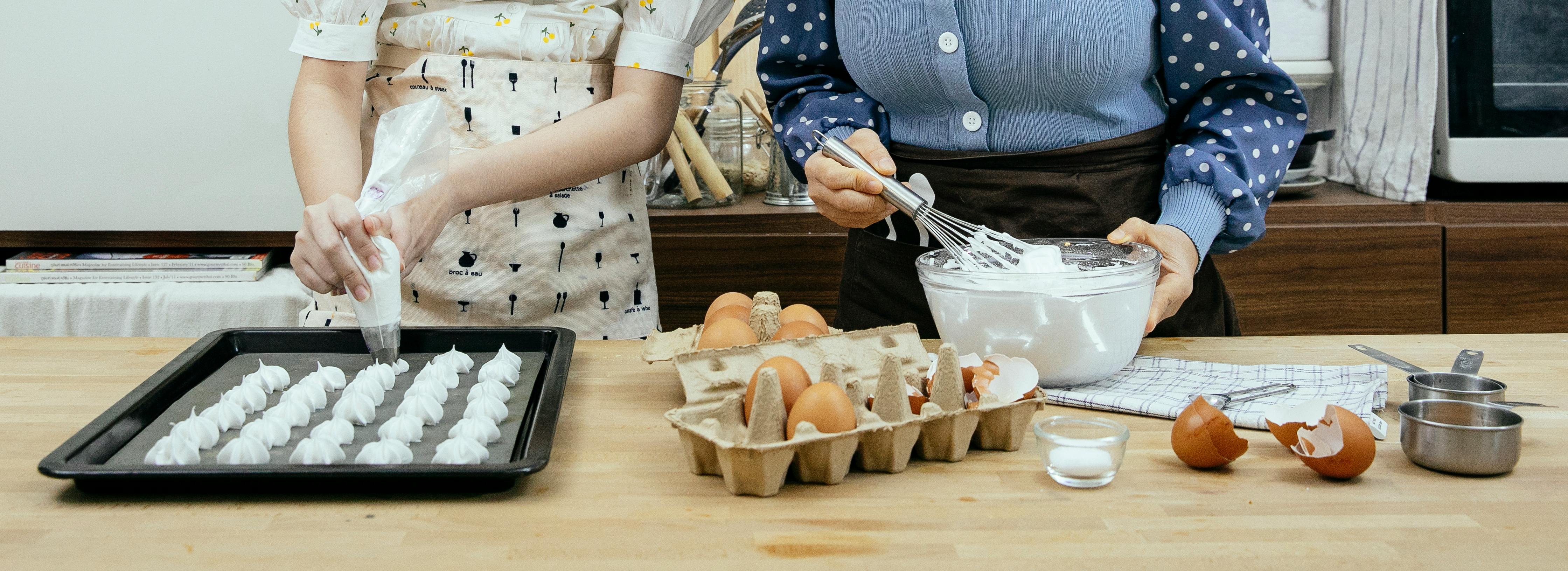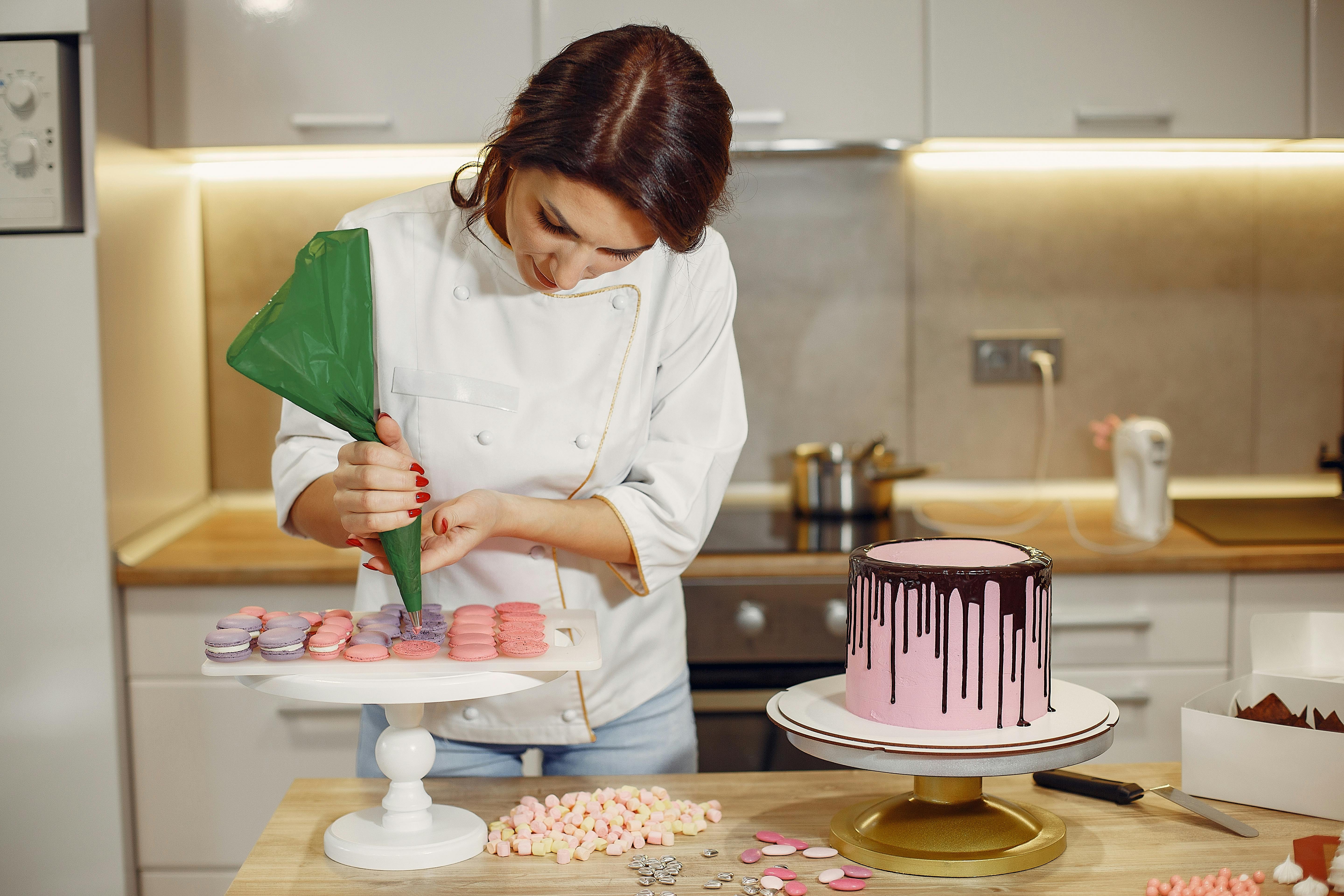Pendant lighting has gained a lot of popularity for use in kitchens in recent years. A common place to install them is on an island or peninsula. One of the most frequently asked questions I see is how high do I hang them and how do I space them? Both of these questions can be answered in a variety of ways, and as with any aspect of home design, there is no absolute or correct answer. However, there are some guidelines to follow that can help you make the right decision.
One consideration about height is with the accessory you choose. If a lamp has an open bottom and is installed too high, it can become very annoying to look up at the bulb all the time. In the same way, a fixture that is designed so that the top is not meant to be seen, if installed too low, it can be very unattractive. There is an average height you can use as a guide, around 68″ – 72″ from the floor to the bottom of the fixture. This puts the accessory at eye level for the average person. The reason there is no correct answer is in a house where everyone is 6′ 4″ and taller, this height is most likely too low.
On a dining table the same rule can be applied. A little advice or word to the wise. If your fixture is going to be installed before there is a table underneath, place something there instead. It can be a large box, a bench, a folding table or a chair. It will save someone a trip to the hospital for stitches after walking into the fixture or a broken fixture.
Spacing the pendants when there is more than one is a matter of a bit of math. The most common mistake is simply dividing the space into equal sections, but that’s not quite right and I’ll explain why. Let’s say your island is 60″ long and has two pendants. A common thought would be to divide the space into three sections that are equal. This would give each fixture 20″ off the ends and 20″ between them. A better option would be 15″ out from each end and 30″ in between. Why do you ask? Well, for one thing, you’ll find that it’s more visually appealing. The other reason is that the light that spreads in most pendants is shaped If you can imagine actual light falling on the counter area, imagine two circles of light. To best illuminate the counter, we want the edge of the circle to hit the edge of the counter. The other two edges should meet or overlap at the middle.
If you’re not sure what I’m describing, take a look at the link below and see the diagrams along with the explanation.



